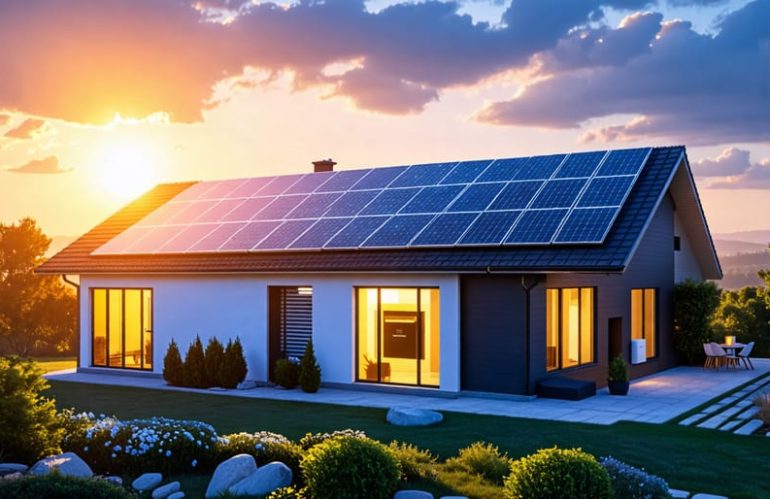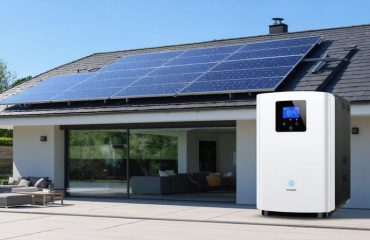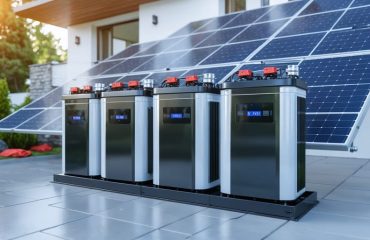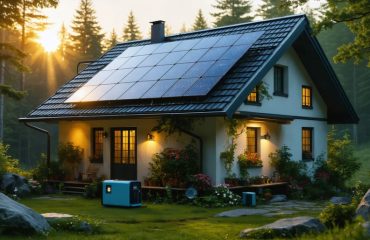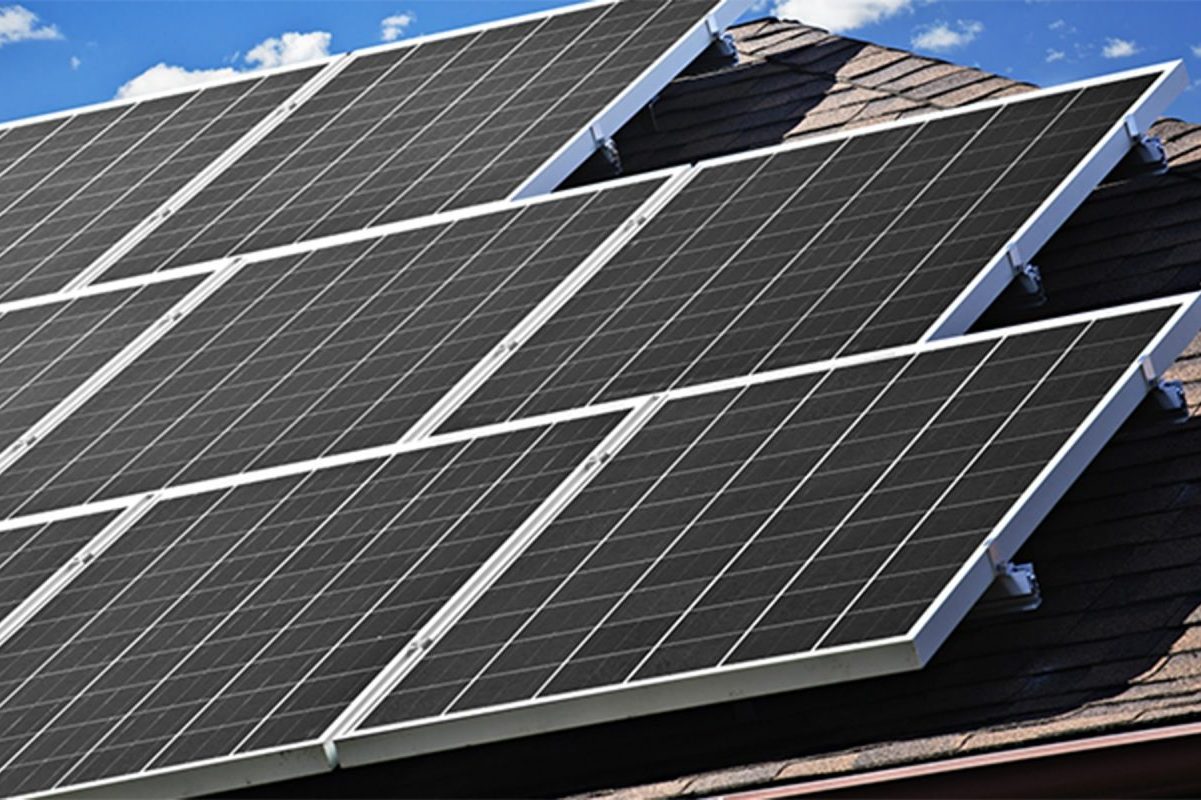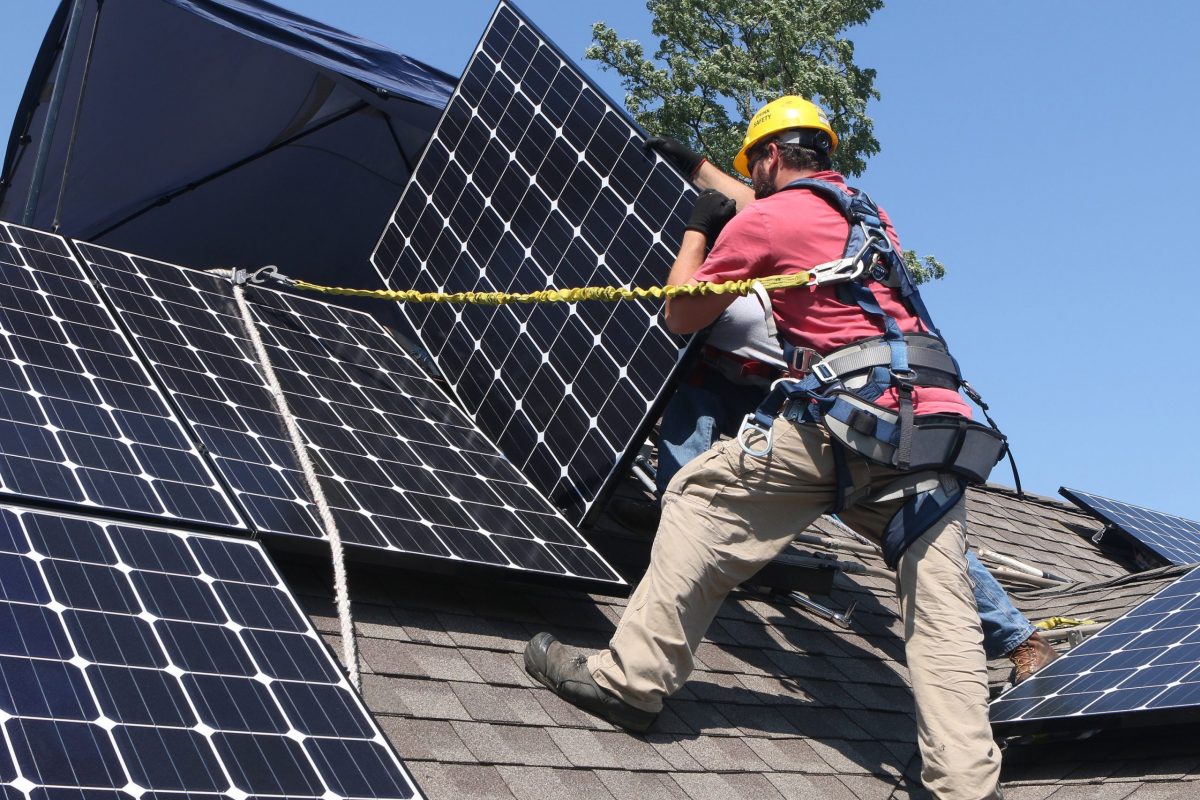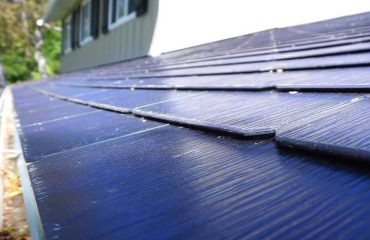Harness the sun’s energy 24/7 with solar energy storage systems. These revolutionary solutions store excess electricity generated by your solar panels during the day, making it available for use at night or during power outages. With solar storage, you can drastically reduce your reliance on the grid, slash your energy bills, and achieve true energy independence. Investing in a solar battery backup system not only provides peace of mind during blackouts but also maximizes the financial and environmental benefits of your solar installation. As battery technology continues to advance, there’s never been a better time to consider adding energy storage to your home’s solar setup and take control of your energy future.
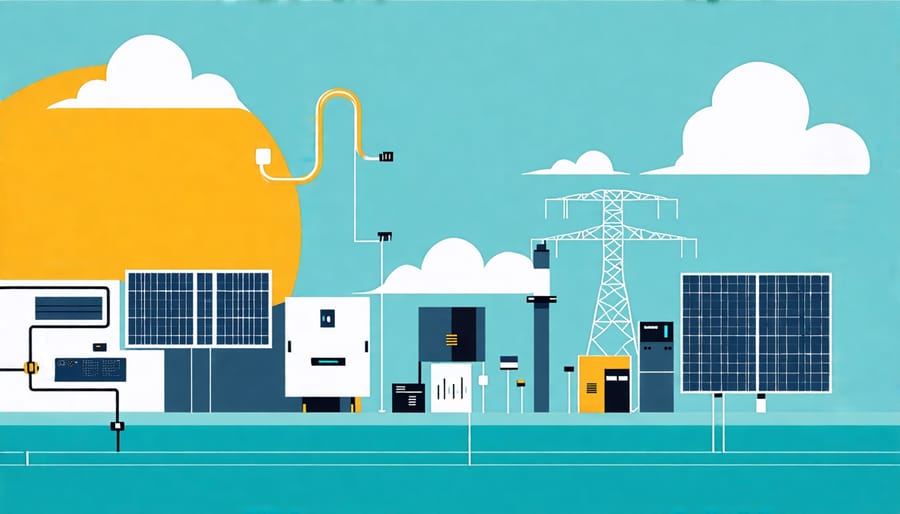
How Solar Energy Storage Systems Work
Solar Panels
Solar panels harness the sun’s energy and convert it into direct current (DC) electricity through a process called the photovoltaic effect. When sunlight hits the panels, photons from the sun’s rays are absorbed by semiconducting materials like silicon, knocking electrons loose and allowing them to flow freely. This flow of electrons generates an electric current, which is then sent to an inverter that converts the DC electricity into alternating current (AC) electricity, the type used in homes and on the grid. The amount of electricity generated depends on factors such as panel efficiency, size, and the intensity of sunlight. With this clean, renewable energy, homeowners can power their homes and even store excess electricity for later use.
Solar Inverter
A solar inverter plays a crucial role in converting the direct current (DC) electricity generated by your solar panels into alternating current (AC) electricity, which is the standard form of electricity used in homes and on the power grid. Without a solar inverter, the energy captured by your panels would be unusable for powering your home’s appliances and electronics. Inverters come in various types, including string inverters, microinverters, and power optimizers, each with its own advantages. When selecting an inverter for your solar energy storage system, consider factors such as efficiency, reliability, and compatibility with your specific solar panel setup to ensure optimal performance and energy savings.
Solar Battery Bank
A solar battery bank is a key component of home energy storage systems. These banks store the excess energy your solar panels generate during peak sunlight hours, allowing you to use that electricity later when the sun isn’t shining. This stored energy can power your home at night, on cloudy days, or during grid outages, reducing your reliance on the utility grid.
Here’s how it works: when your solar panels produce more electricity than your home needs, that excess energy flows into the solar battery banks instead of being sent back to the grid. The batteries then hold this energy in reserve until it’s needed. When your panels aren’t producing enough power, your home can draw energy from the batteries rather than from the grid.
Battery banks come in various sizes to fit different energy needs and budgets. The capacity you choose will depend on factors like your daily energy consumption, the size of your solar array, and your goals for energy independence. With the right setup, you can significantly reduce or even eliminate your reliance on the grid, saving money on electric bills and enjoying peace of mind during power outages.
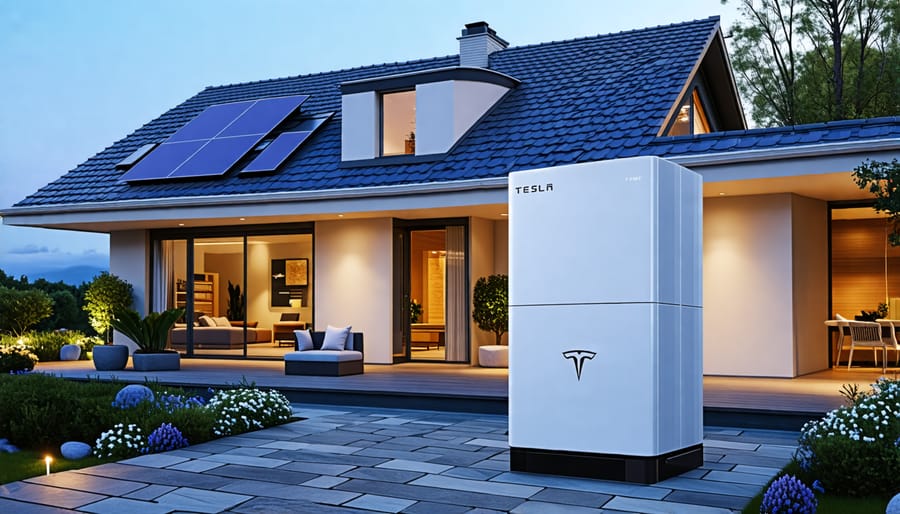
Benefits of Solar Energy Storage for Homeowners
24/7 Energy Access
With a solar energy storage system, you can enjoy the benefits of your solar panels 24/7, even when the sun isn’t shining. During the day, your solar panels generate electricity, which charges your battery storage system. At night or during power outages, the stored energy is released to power your home, ensuring you have a reliable source of clean energy around the clock. This means you can reduce your reliance on the grid, minimize your carbon footprint, and enjoy greater energy independence. With the peace of mind that comes from knowing you have a backup power source, you can feel confident in your ability to keep the lights on and your appliances running, no matter what the weather or grid conditions may be.
Reduced Energy Bills
Storing excess solar energy in batteries for later use can significantly reduce your reliance on the grid, especially during peak hours when electricity rates are highest. By drawing power from your storage system instead of the utility during these times, you can avoid costly peak rates and lower your monthly bills. Solar batteries also provide a buffer against future utility rate hikes, as you’ll be less dependent on grid power. Additionally, some utilities offer incentives like net metering, which allows you to sell excess stored energy back to the grid for credits on your bill. Over time, these savings can add up substantially, making solar storage a smart long-term investment for budget-conscious homeowners looking to minimize their energy costs while enjoying the benefits of clean, renewable power.
Energy Independence
Energy storage systems provide homeowners with a heightened sense of energy independence. By storing excess solar energy generated during the day, you can reduce your reliance on the grid and minimize your electricity bills. This stored energy can power your home during peak usage hours or when the sun isn’t shining, giving you greater control over your energy consumption. Furthermore, having a reliable backup power source prepares you for emergencies, such as power outages or natural disasters. With a solar storage system, you can maintain essential appliances and keep your lights on, even when the grid is down. Investing in energy storage not only contributes to a more sustainable lifestyle but also offers peace of mind knowing that you have a dependable energy source when you need it most. As technology advances and costs decrease, more homeowners are embracing the benefits of energy independence through solar storage solutions.
Environmental Benefits
Energy storage systems for solar power offer significant environmental benefits by reducing reliance on fossil fuels and enabling a smoother transition to clean, renewable energy. By storing excess solar energy generated during peak sunlight hours, these systems minimize the need for grid-supplied electricity, which often comes from carbon-emitting sources. This directly contributes to lowering greenhouse gas emissions and mitigating the impact of climate change. Moreover, the widespread adoption of solar power with energy storage can help accelerate the shift towards a more sustainable and environmentally-friendly energy infrastructure. As more households and businesses embrace these technologies, the collective reduction in emissions can be substantial, leading to cleaner air, healthier communities, and a more stable climate. Investing in solar energy storage not only benefits individual households but also contributes to a greener future for generations to come.
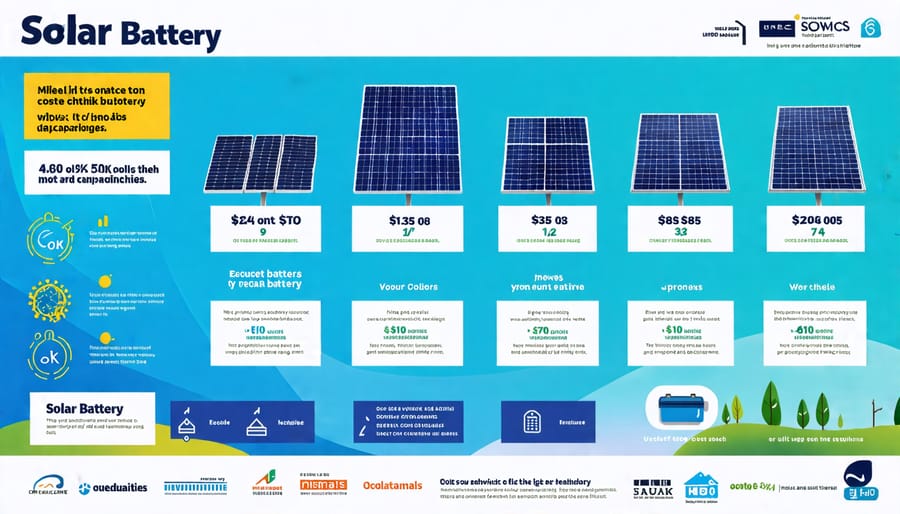
Choosing the Right Solar Storage System
Battery Type and Capacity
When selecting a battery for your solar energy storage system, you have two main options: lead-acid and lithium-ion batteries. Lead-acid batteries are a tried-and-true technology that has been used for decades, offering a cost-effective solution. However, they have a shorter lifespan and require more maintenance than lithium-ion batteries. Lithium-ion batteries, on the other hand, are more expensive upfront but offer higher energy density, longer life spans, and minimal maintenance requirements.
To determine the appropriate battery capacity for your home, consider your daily energy consumption and the amount of solar power you generate. A general rule of thumb is to size your battery to store enough energy to cover your essential loads for one to three days. Consult with a professional installer to accurately calculate your specific needs based on factors such as your location, solar panel system size, and energy usage patterns.
Costs and Incentives
Installing an energy storage system typically costs between $10,000 and $20,000, depending on the size and type of battery. However, federal and state incentives can significantly reduce the upfront investment. The federal Investment Tax Credit (ITC) allows you to claim 26% of the cost of your solar battery installation on your taxes through 2022. Many states also offer additional rebates and credits for energy storage, such as California’s Self-Generation Incentive Program (SGIP), which provides rebates based on the storage capacity installed. To maximize savings, look for state-specific incentives and compare quotes from multiple installers. While the initial cost may seem high, the long-term benefits of energy independence, bill savings, and potential home value increase often make the investment worthwhile. As battery technology improves and more incentives become available, the cost of energy storage is expected to decrease, making it an increasingly attractive option for homeowners.
Conclusion
In conclusion, solar energy storage offers a multitude of benefits for homeowners. It maximizes the use of clean, renewable energy, reduces reliance on the grid, and provides backup power during outages. By incorporating storage into your solar setup, you can save money on utility bills, increase your energy independence, and contribute to a more sustainable future. As technology advances and costs continue to decrease, now is the perfect time to consider adding solar energy storage to your home. Take the first step towards a greener, more resilient lifestyle and explore your solar storage options today.

